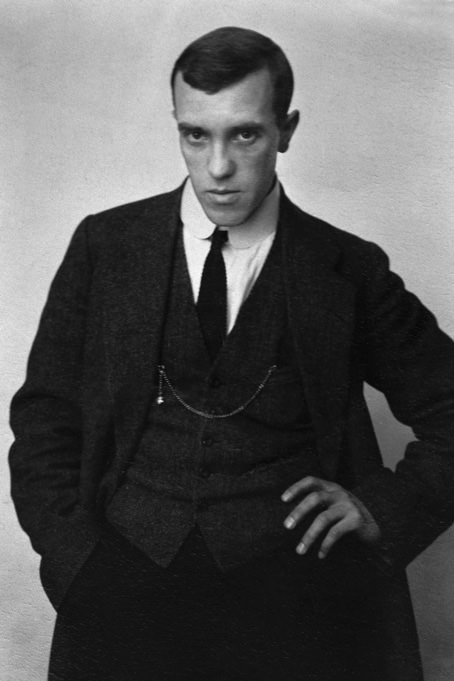

The reproduction of these works without the express written consent of the owner of the works is prohibited.
DownloadVenice
Konrad Mägi’s oeuvre includes very few night-time works, but in Italy, he did paint a number of crepuscular or nocturnal scenes (see e.g. Capri Night). This can be associated above all with desire to romanticize; for him, night does not mean that reality has splintered into a fanciful realm but rather it is a continuation of reality, albeit in a duskier mood. The darkening of the whole colour scheme does not take on threatening or even mysterious overtones, but stands as a slightly altered parallel to daytime.
This is one of the few paintings where Mägi allows elements of modernity to intrude: streetlights. In Venice, gaslights were still installed, and although the decision to move to electric lights had been made in 1922, when Mägi was there, it is very likely that the lights Mägi painted are gas-powered. Thus, they evoke a slightly nostalgic and therefore romantic quality.
The artificial light of the gas lanterns in Venice may thus be a critical commentary or melancholy observation. Or it may even be a totally neutral view of the city without any judgments; one where the lanterns simply offered Mägi a new kind of experience of light. The way light is treated throughout the painting is worth noting, since the light is not concentrated but scattered: besides the right edge, which is illuminated by lanterns, a small open area in the foreground of the painting is rendered in a lighter colour, as is one end of a gondola and the gondolier on another one of the boats; we also notice a vaguely suggestive patch of (moon?)light in the rear of the painting and spots of red light in the distance.
It is possible that this work depicts a view across the water to the basilica of Santa Maria della Salute, although the imposing nature of the church is not particularly emphasized and it is in the background. If so, it once again bears out how Mägi frequented a surprisingly small area to select painting motifs – the representations of San Giorgio Maggiore were painted just a couple hundred metres apart from shore or from a gondola. This strip of shore is also a beloved place for artists today, and we can thus assume that Mägi was painting specific views that other artists were already in the habit of depicting.
The reproduction of these works without the express written consent of the owner of the works is prohibited.

